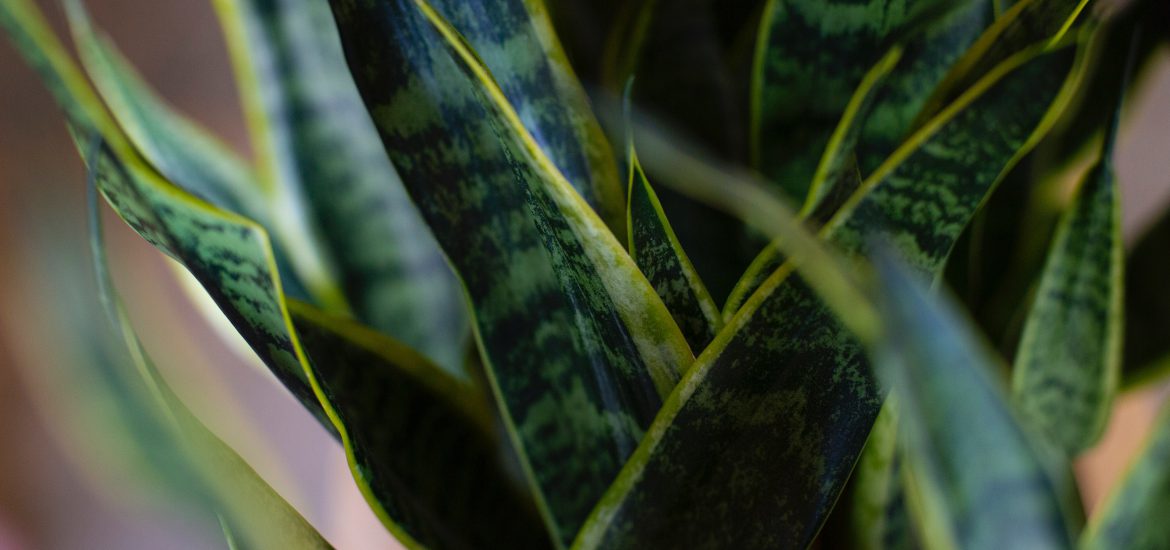While everyone loves houseplants, not everyone has sunlight available. We’d all love to have floor to ceiling windows in all directions but unfortunately that’s not reality. A large number of planthusiasts are simply stuck with sub-optimal lighting. While there are a ton of lists that will suggest some low-light plants, I’m going to try a different approach. By understanding how to grow houseplants in low-light you can make better decisions and take excellent care of your plants.
Why Do Some Houseplants Need Less Light?
All plants need light for photosynthesis to occur. If you remember back to grade school, plants use photosynthesis to convert light energy into chemical energy that it can then use to grow. So how can low-light plants survive without lots of direct sunlight? The short answer is: adaptation. Consider where that plant would live outside in nature.
What we call houseplants are just outdoor plants that will survive in the same conditions we prefer in our homes. Out in nature though, these plants that have adapted to need less light for a number of reasons. Plants have adapted to all kinds of growth conditions in the wild. Many of the plants we consider houseplants are actually tropical plants. In the tropical forests some plants live beneath the canopy of leaves and never receive direct sunlight. If you can imagine how it is very bright without having direct sun, then you can imagine the conditions these plants have adapted to.
What is Low-Light for a Plant?
With a few extra-ordinary exceptions, light is a requirement for plants. For low-light houseplants they are able to survive on a minimal amount. Low-light can be considered any bright spot with no direct sunlight. A general minimum guideline is within 15 feet of a northern window. In the northern hemisphere a northern window provides the least light, so if you’re in the southern hemisphere – reverse that. In either hemisphere east and west facing windows will be your brightest sides.
Low-light does not mean no light. Without any windows at all though, low-light plants can be happy with eight to ten hours of bright indoor lights. If all else fails you can always get an affordable grow light. If you really want a plant that will grow with no light at all I strongly recommend a nice plastic one.
How Can You Tell if a Plant Isn’t Getting Enough Light?
If you’re concerned that you’ve picked a spot that’s maybe too low-light for your plant, watch how it grows. All other things equal, a plant without enough light will go looking for it. If you start to see your plant stretching or becoming etiolated, that means it needs more light. A plant will put out longer stems and leaves to try to reach out around obstacles keeping it from precious light resources. Dig up the photos you took of your plant when you bought it (you did take a selfie, right?) and compare. Other tell-tale signs of insufficient light can be smaller new growth and the plant looking pale or dull.
When the Light Isn’t Low Enough
So if plants need photosynthesis to grow, and they need light for photosynthesis, shouldn’t we just blast them with light constantly? Turns out, no. Too much light can cause leaves to yellow and die, and can literally cook the plant. If the plant is getting more light than it can handle it will find a way to get less which in most cases means getting rid of leaves one way or another.
For many plants parts of photosynthesis only occur when it’s ‘night’ or dark. If the lights never go off, the plant can become disrupted and unable to maintain itself. Consider this when adding supplemental lighting, or placing a low-light plant somewhere with 24 hour lighting. Think back again to the conditions it would have adapted to outside. While there are some plants near the poles that are used to long stretches of dark, there is usually a balance.
Happy Healthy Low-Light Plants
Low-light plants are a great way to bring houseplants to places indoors that the sun just doesn’t reach. While it’s easy to assume all plants want as much sun as possible, it’s better to consider that each plant wants as much light as it has adapted to. Always take the time to discover what your plants’ light needs are. Once you understand what the plant requires it becomes much easier to choose and place your indoor plants in spots that work for both of you.
